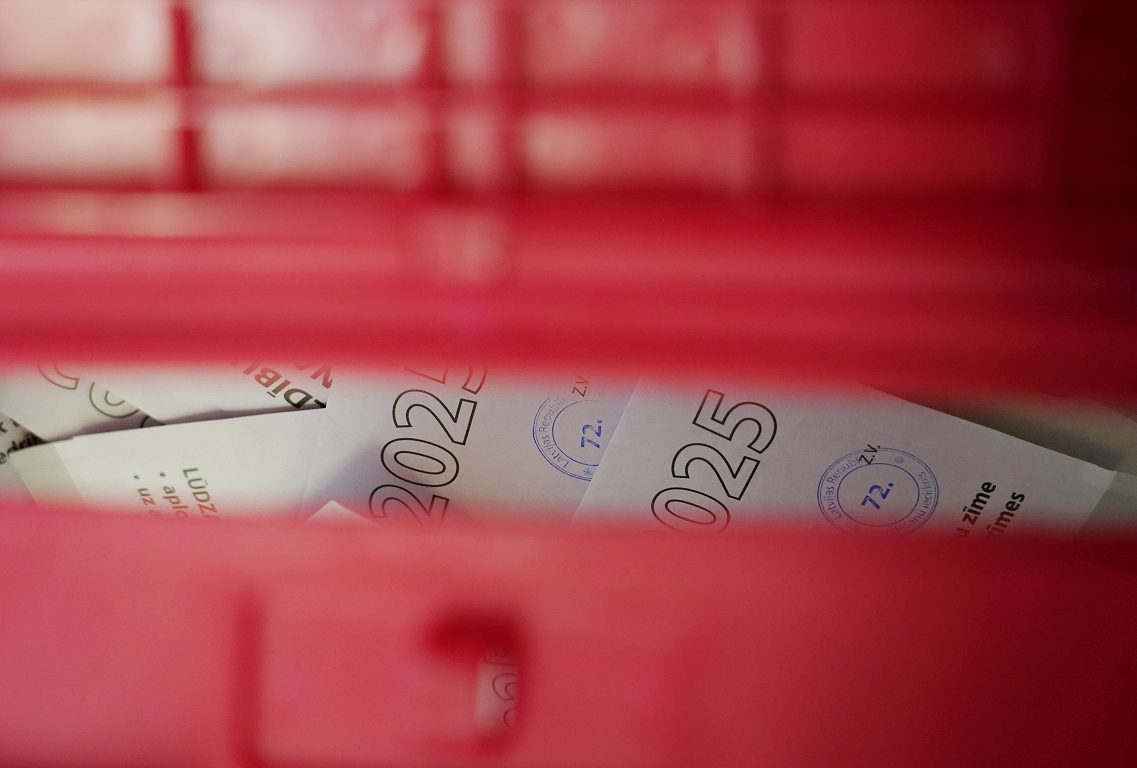How does the Renault 5 master the 200 km commuter everyday life as a small Stromer?

Free public transport or not – most people continue to work in Luxembourg and the adjacent countries by car to work, specifically 67.1 percent, such as one Statec study recently underpinned. Especially among the border guards, there are still many long distances. With regard to electromobility, this often excludes smaller models as an environmentally friendly combustion alternative, since the battery often does not fit there and accordingly the reach.
Because, depending on the cell chemistry in daily operation, the batteries should only be operated between 20 and 80 percent charging stand, in addition, the range can collapse between 20 and 30 percent in winter. So if you rely on a small 300-kilometer current, you can find problems far in winter, so that many vehicles from the segment are primarily used for city traffic and near the surrounding area. Often the customers have no choice at all: either drive a further burner or look around in a significantly larger vehicle class, although it would actually do a small car.
Of death and rebirth
At the beginning of 2013, Renault was one of the first manufacturers that enabled electromobility with a really affordable model, the Renault Zoe, and, depending on the battery size, later even up to 400 kilometers. For years, the French were alone in the further hallway and even on today’s market there are only a few e-small cars that are traveling in these range regions. When the Zoe was discontinued at the beginning of last year, a murmur went through the car industry, which Renault stopped shortly afterwards with a quasi successor: the rebirth of the Renault 5 as a so-called E-Tech.
The original Renault 5 was built from 1972 to 1996. The relationship to the new E-Tech is unmistakable. Photo: Shutterstock
The original Renault 5 was built from 1972 to 1996 and is considered a classic. The new model is clearly based on the design language of the original and reinterprets it in a successful way with numerous modern and almost futuristic details. At just under four meters, the E-Tech is significantly larger than the origin variant of 1972 (3.52 meters), but is still one of the more compact streamers on the market and can therefore spread in a little competitive segment. And just like the Zoe, the French promise – depending on the battery installed – a range of around 400 kilometers, which theoretically should also be enough for most cross -border commuters in the country. This is exactly what the Renault 5 can demonstrate in the commuter test, almost 200 kilometers per day, country road, motorway, city.
When picking up at Renault Groupe Autosphere in Belval, the instrument display shows 328 kilometers of range with a charging level of 100 percent. The large « Comfort Range » battery is in the car with the 52 kWh battery. This is enough in any case, but in winter with a 80 percent maximum charge would be borderline for battery health. It starts directly onto the highway, where the little one can immediately show what is in moderate traffic. It quickly becomes clear that the 150-hp electric motor for the little Frenchman is absolutely sufficient to swim in Luxembourg traffic and also be on the road in the fast lane. The Renault 5 only reaches its limits in the neighboring country without a speed limit, because at speed 150 it is over.
Good feeling of security for a small car
Even at higher speeds, the retro car is full on the street and gives a good feeling of security from the start. Thanks to the deep battery-related deep focus, the curve on the country road is also fun and in the city the search for parking space is a pleasure due to the compact dimensions. Anyone who fully equips the French also gets a driver assistance performance that does not have to hide from significantly higher price ranges. So the little Renault 5 rolls confidently over Luxembourg’s highways and as a driver you only have to monitor the ride with your hands on the steering wheel.
So it is high time to look around in the homely cockpit, which immediately ensures a feel-good atmosphere with padded fabric applications on the ratio board. Of course, this impression does not draw down to the deepest regions for a small car, the first hard plastic elements appear very early when looking down, in particular the center console looks relatively loveless and cheap. This is in this vehicle segment but complaining at a high level.
Nevertheless, the little Frenchman hardly misses a feature at least in the equipment variant of our test car. During the operation, Renault relies on a display landscape of two 10-inch screens (in the lower equipment lines, the instrument display measures only seven inches), which are supplemented by a button placket below. In addition, there are four steering wheel levers, which are responsible for the choice of gear, the windshield wiper, audio and classic turn signals, which at first glance does not appear to be particularly clear. In addition, there is still touch buttons in piano-varnish look on the steering wheel. The smorgasbord of control elements ensures an unusually long training period.
The pleasantly homely living cockpit landscape of the Renault 5. Photo: manufacturer
While the driving center is pleasantly spacious despite the operating overkill, the back seat, of course, offers less space due to the design. Ultimately, even as an adult, you can still sit in the back places without any problems, but longer trips are rather suboptimal, especially for larger people. With 326 liters for the vehicle size, the trunk is absolutely sufficient, with the rear seat folded down, it becomes a practical 1,106 liters. Not bad for a four-meter car.
The area question
But how far does he get now? In early summer test conditions, the Renault 5 consumed around 14 kWh to 100 kilometers in everyday commuters with the entire spectrum of traffic situations, whereby the gas foot was tampered accordingly. This enables around 370 kilometers of the large battery, if you are traveling less motorway and more in the city and on country roads, you should also make it just over 400 kilometers. This was supposed to create larger cross-border commuters in winter even in winter. In the warmer half of the year, everyday commuters is not a problem at all.
When the Mini as John Cooper Works flies through the Müllerthal
On the fast loader, the small car with the large battery creates up to 100 kW charging capacity, which promises a charging time from 30 minutes for 10 to 80 percent. That is absolutely fine in the price range. Unfortunately, a maximum of 11 kW is possible on the domestic wall box, which the Zoe with 22 kW was much better. However, this was an unusual outlier, even most of the upper class vehicles only supported 11 kW.
The French launched the 5 in numerous bright colors. Photo: manufacturer
The tested version of the Renault 5 with a large battery starts in Luxembourg in the base at 31,812.39 euros, in the equipment of the test car, 35,245.04 euros are due. This becomes the charming Frenchman, who with its iconic design attracts everywhere, perhaps not entirely to the mass for the mass, but operates at least in a price range that makes electromobility affordable for a larger target group. And he doesn’t have to fear a lot of competition in the segment of small electric cars.
The test car was made available to the « Luxemburger Word » by the manufacturer for a week.
Newsletter: Everything about car and traffic
Every two weeks, every Wednesday, news and information about car and traffic in the newsletter.
You can unsubscribe at any time if you want that. You can find more information in our Data protection guideline.





:format(jpeg):fill(f8f8f8,true)/s3/static.nrc.nl/wp-content/uploads/2019/10/youp5bij3.png)

